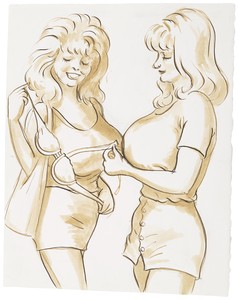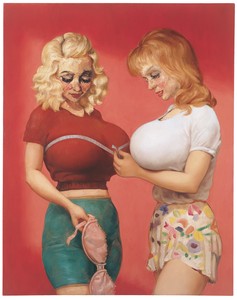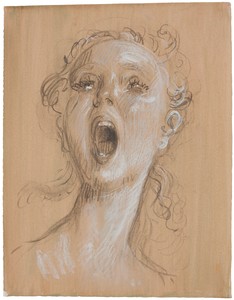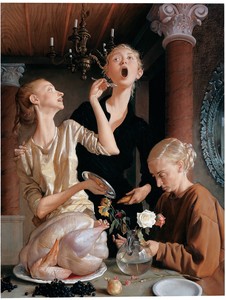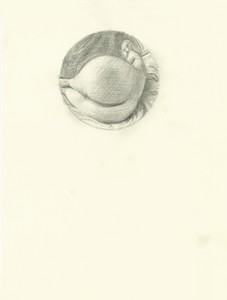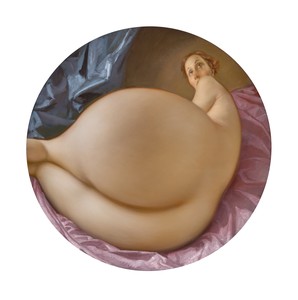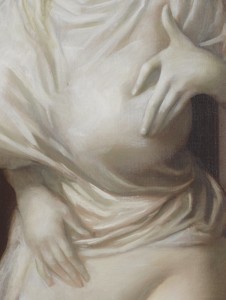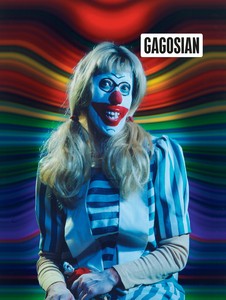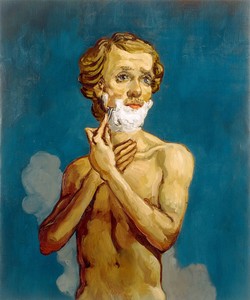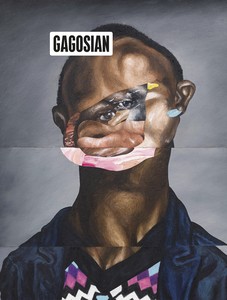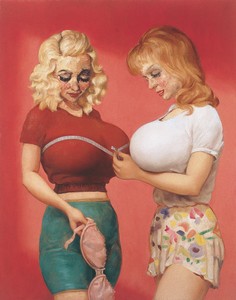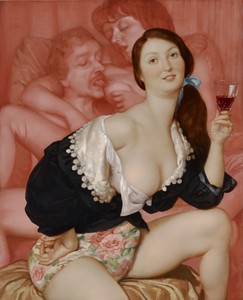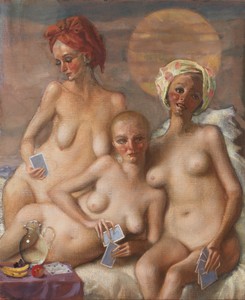
Art&Newport
Writers and curators Dodie Kazanjian and Alison Gingeras spoke with the Quarterly’s Alison McDonald about the arts organization Art&Newport and the possibilities the historic Rhode Island town offers contemporary artists. Their current exhibition, Games, Gamblers & Cartomancers: The New Cardsharps, on view through October 1, 2023, examines the varied custom of card play and includes artists such as John Currin, Hadi Falapishi, and Katie Stout.
